Abraxas
The name Abraxas was taken from abra-cadabra. He is presented on amulets with the head of a cock, dragon's feet and a whip in his hand.
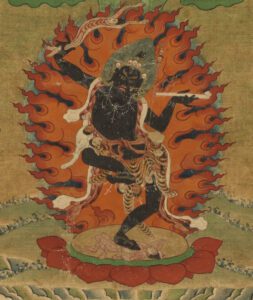
Many of what are considered “evil spirits” within the Ancient Near Eastern, Middle Eastern & Asian culture – and especially in Hinduism – are known as such because Christianity adapted their gods/goddesses as foes to their true God. This is a common thread throughout history – one culture adopts another’s deities as adversaries of their gods/goddesses. In this regard, “evil” is relative. That’s not to say that many of these supernatural beings don’t have destructive sides – but whether it is fair to classify them as “demons” is debatable.
Note: Hindu deities like Kali and Bhairava (for instance) are included because they were listed in a historical compilation of demons by Collin De Plancy. I tried to be fair and include descriptions from the Puranas to balance what de Plancy said, but I can’t change the fact that he included them in his list. If you’re still offended, you can read my response to angry emails I’ve received concerning this. Learn more about my philosophy behind the classifications.
Select Demon By Type »
[ All Demons | Americas | Asia/East | Europe | Judeo-Christian | Modern Magick | What is Demonology? | What is Evil? ]
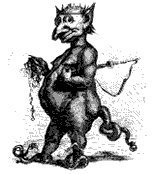
The name Abraxas was taken from abra-cadabra. He is presented on amulets with the head of a cock, dragon's feet and a whip in his hand.
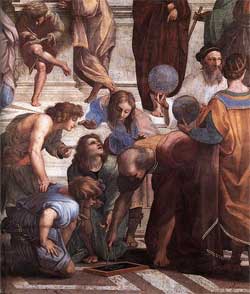
In ancient Persian religion (Zoroastrianism), Ahriman (aka Arimanius or Angra Mainya) stood high in the ranks of the enemies who opposed Ahura Mazda.
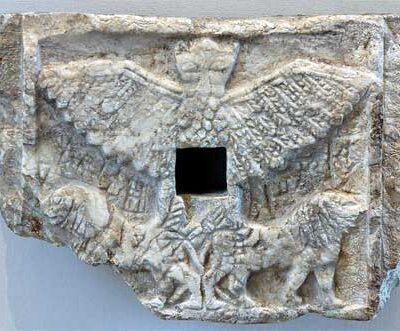
In Sumerian myth, Anzu was a large bird (eagle or vulture) who lived in the realm of the gods.
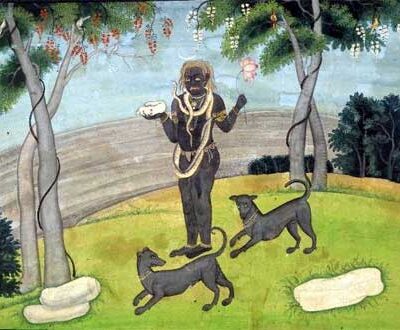
Bhairava is the "terrible" aspect of Shiva. According to the Puranas, it was this aspect that severed Brahman's fifth head.
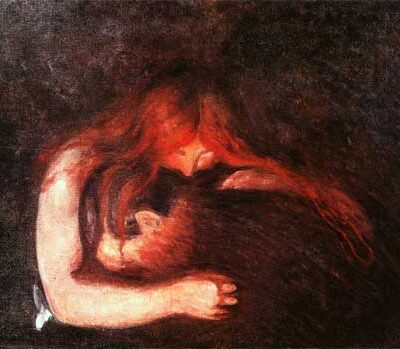
The chiang-shih is the Chinese version of the vampire. In Chinese belief, each person has 2 souls, a superior & an inferior soul.

The Daevas were a class of demons in Zoroastrianism that chose to follow Angra Mainya.
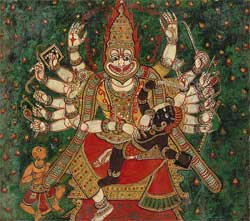
In Hindu mythology, the Daityas are giant evil spirits who are known for their opposition to sacrifice to the gods.
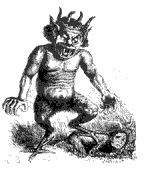
Subscribe to our weekly newsletter below to get new articles and updates!
